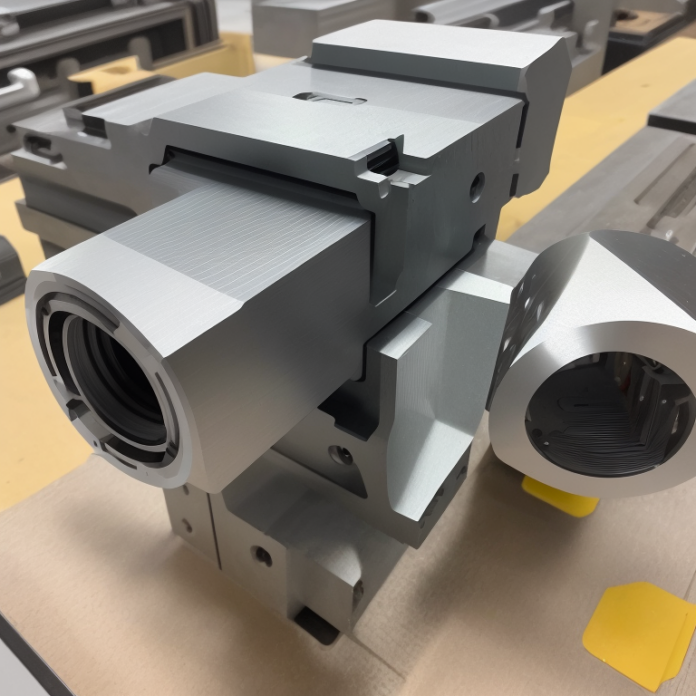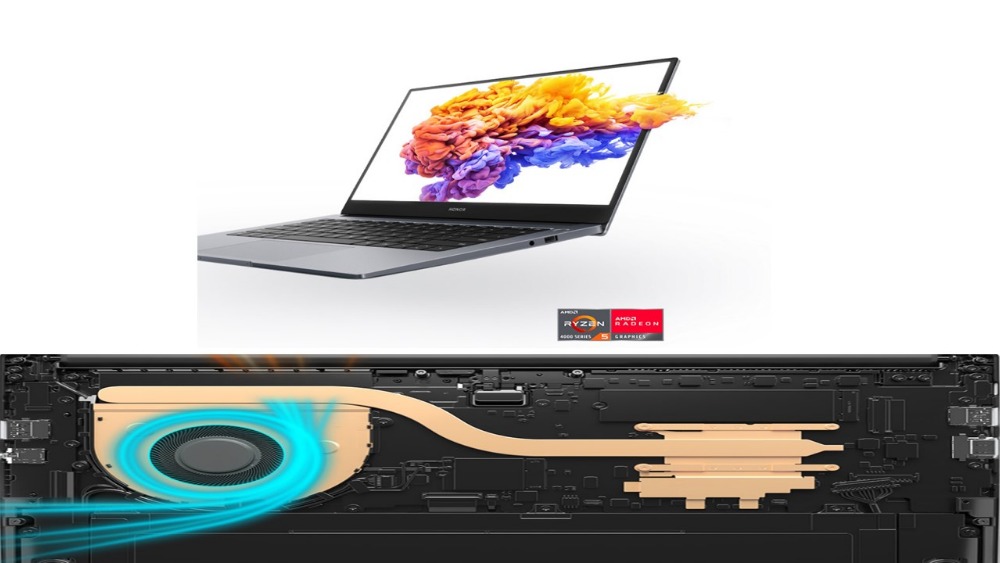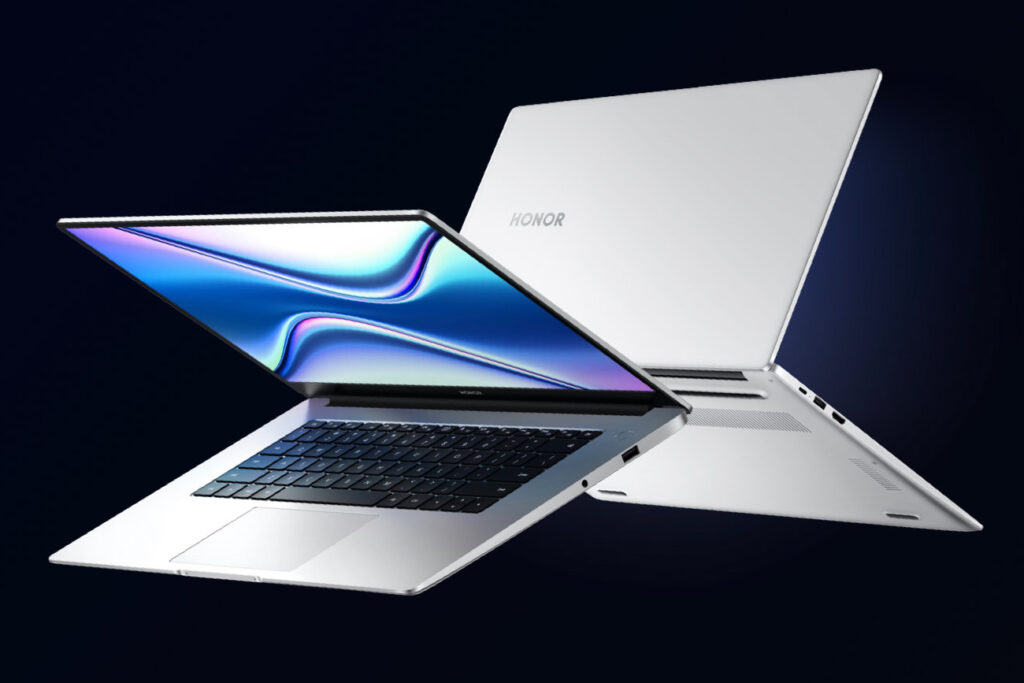When it comes to CNC machining high-performance thermoplastics, one material that often takes the spotlight is PEEK (Polyetheretherketone). Engineers and manufacturers have been captivated by its exceptional properties, making it a top choice for various applications. However, it’s crucial to understand how PEEK compares to other high-performance thermoplastics to get a clearer picture of its advantages and limitations. So, let’s dive into a candid comparison of the pros and cons of CNC machining PEEK material in relation to its counterparts. Learn more expert level articles on the website.
First off, let’s talk about PEEK. This semi-crystalline thermoplastic boasts impressive mechanical, thermal, and chemical resistance properties. With a high strength-to-weight ratio, low friction coefficient, and exceptional dimensional stability, PEEK has become a go-to material across industries such as aerospace, automotive, and medical.
Now, let’s explore the advantages of CNC machining PEEK material:
PEEK material is a champion when it comes to high temperature resistance. It remains stable even in extreme heat, with a melting point surpassing 300°C. This means it can endure continuous use in hot environments without sacrificing its mechanical properties. So, if your application demands resilience in harsh conditions, PEEK is your ally.
Chemical resistance is another feather in PEEK’s cap. It boasts an impressive ability to resist chemicals, acids, and solvents. This makes it an ideal choice for components that encounter aggressive substances. PEEK maintains its integrity and mechanical performance, ensuring long-term reliability even when exposed to a wide range of chemicals.
Let’s not forget the outstanding mechanical properties of PEEK. It offers a remarkable combination of strength, stiffness, and toughness, comparable to metals. Surprisingly, it achieves this while being significantly lighter in weight. This characteristic opens doors to producing lightweight components without compromising on strength, presenting an attractive option for engineers and manufacturers.
PEEK also shines in terms of low friction and wear. With its low coefficient of friction, it’s suitable for applications that require minimal lubrication and low wear. This not only reduces the need for frequent maintenance but also contributes to smooth operation and extends the lifespan of components.
Of course, like any material, PEEK has its limitations and challenges. Let’s address them honestly:
Cost is a consideration. PEEK material tends to be more expensive compared to other thermoplastics. This aspect may impact the overall production cost. However, it’s essential to weigh this against the exceptional properties and long-term performance of PEEK. Sometimes, the benefits outweigh the initial investment.
Machining PEEK can present certain challenges. Its high melting point and low thermal conductivity can pose hurdles during the CNC machining process. However, with careful tool selection, appropriate machining parameters, and cooling techniques, accurate and efficient machining results can be achieved.
Achieving a high-quality surface finish with PEEK can be more challenging compared to some other thermoplastics. Extra care is required during the machining process to minimize surface defects and achieve the desired smoothness. This attention to detail ensures the optimal performance of the final product.
Now, let’s compare PEEK with a few other high-performance thermoplastics:
PEEK vs. PTFE: While PTFE excels in low friction and non-stick properties, PEEK offers superior mechanical strength and thermal stability. PEEK also provides better dimensional stability and a higher operating temperature range.
PEEK vs. Ultem: PEEK surpasses Ultem in terms of continuous use temperature and chemical resistance. However, Ultem exhibits better flame resistance and electrical properties.
PEEK vs. Nylon: PEEK outshines nylon in temperature resistance, chemical resistance, and mechanical strength. On the other hand, nylon offers better impact resistance and is generally more cost-effective.
In conclusion, CNC machining PEEK material offers a plethora of advantages, including high temperature resistance, excellent mechanical properties, and chemical resistance. While it comes with its fair share of challenges and considerations, such as cost and machining intricacies, its unique combination of properties sets it apart. By understanding the pros and cons of CNC machining PEEK material, engineers and manufacturers can make informed decisions and ensure optimal performance and reliability in their products.







